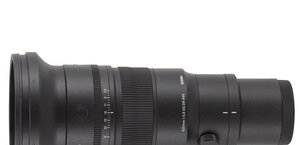Tamron 100-400 mm f/4.5-6.3 Di VC USD
4. Image resolution
Let’s check how the results of the Tamron 100-400 compare here – the graph below presents its resolution levels in the frame centre at 100, 200, 300 and 400 mm.
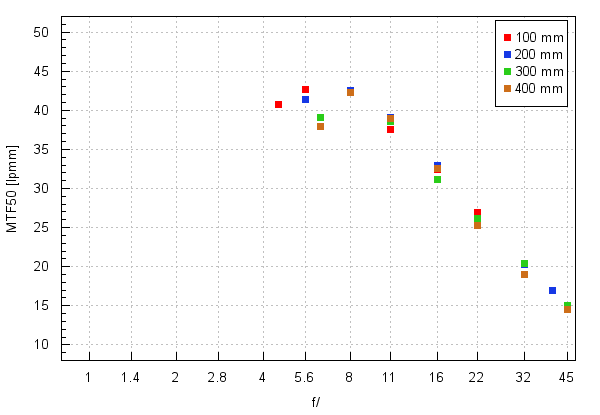
At first glance it is clear that the Tamron should be praised a lot. Firstly, its performance is very even – from f/8.0 onwards all focal lengths get practically the same results. There are differences but they’re visible only near the maximum relative aperture where the 100-200 mm range fares a tad better than the 300-400 mm range. Still in both cases you deal with a very high level of MTFs which, even at the maximum relative aperture, stay around 40 lpmm and are able to reach up to 43 lpmm.
Please Support UsIf you enjoy our reviews and articles, and you want us to continue our work please, support our website by donating through PayPal. The funds are going to be used for paying our editorial team, renting servers, and equipping our testing studio; only that way we will be able to continue providing you interesting content for free. |
- - - - - - - - - - - - - - - - - - - - - - - - - - - - - - - - - - - - - - - - - - - - - - - -
Comparing the performance of the tested lens to that of the Sigma C 100-400 mm you have to admit the latter prevails slightly, especially in the area closest to the maximum relative aperture, but the differences are cosmetic, in most cases bordering the measuring error. The Tamron 100-400 mm, like the Sigma, is not only considerably better than the older Canon and Nikon models but is also completely able to compete with their newer versions on equal terms. Mind you it remains noticeably cheaper.
Now let’s check the situation on the edge of the APS-C/DX sensor by glancing at the graph below.
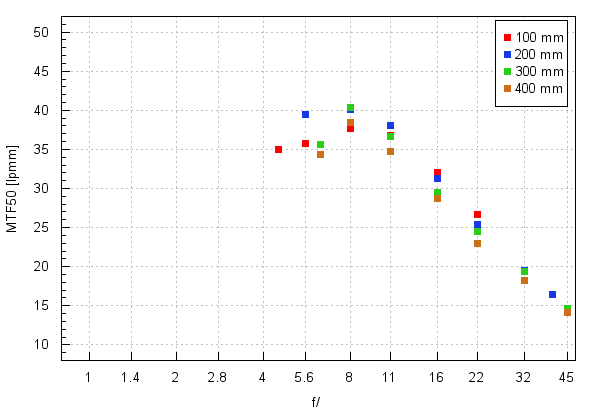
The middle of the focal range fares the best as the lens has no problems whatsoever with reaching values near 40 lpmm. Both ends of the range are a bit weaker but once again you can spot no weak points. Even at the worst focal length, combined with the maximum relative aperture, the MTFs keep a very good level of 34 lpmm. Once again the results of the Tamron are very similar to those of the Sigma, a lens which could officially get to 42 lpmm but only at the 200 mm focal length. At other focal lengths, e.g. 300 mm, the Sigma is actually defeated by the Tamron.
Now let’s check the situation on the demanding edge of full frame.
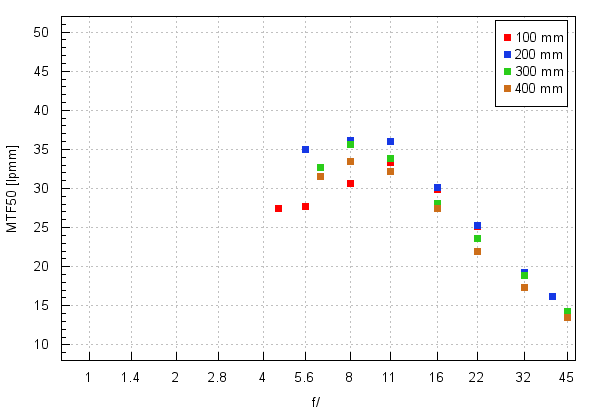
Like in the case of the Sigma, the 100 mm focal length is actually the weakest – near the maximum relative aperture you get results below the decency level. In order to reach that level the lens has to be stopped down to near f/8.0, a performance a bit worse than that of the Sigma which was able to do so already by f/5.6. Fortunately the rest of focal range is not problematic at all, with maximum results reached at 200-300 mm and MTFs getting close to 35-36 lpmm.
The summary of our resolution test can be only positive. The Tamron 100–400 mm f/4.5–6.3 Di VC USD, the Sigma C 100–400 mm f/5–6.3 DG OS HSM and the expensive Canon EF 100–400 mm f/4.5–5.6L IS II USM tested on the same sensor show more or less the same level of MTF values. In most of cases you won’t be able to distinguish between real life photos shot by either of them. What’s more, all these lenses are completely able to produce high quality images, no matter what focal length and aperture you apply.
At the end we traditionally present crops taken from photos of our resolution testing chart which were saved in JPEG format.
| Canon 5D MkIII, JPEG, 100 mm, f/5.6 |
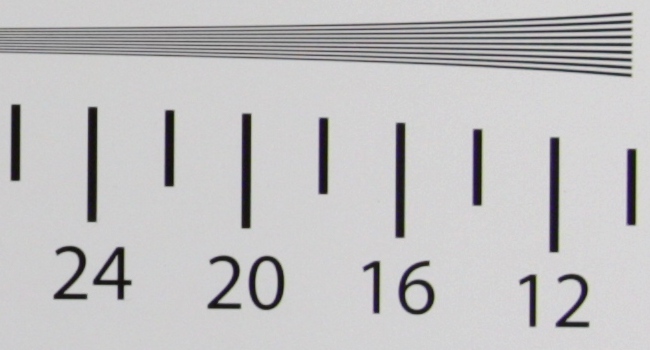 |
| Canon 5D MkIII, JPEG, 400 mm, f/6.3 |
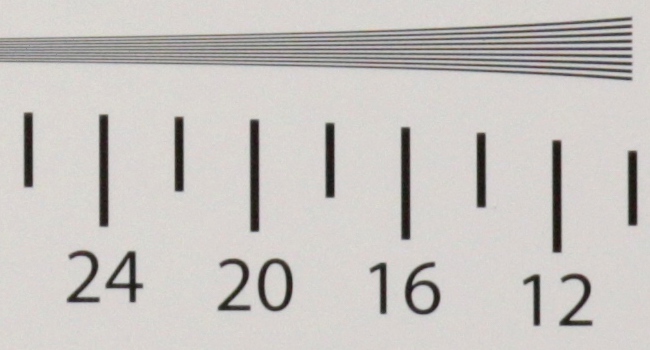 |




